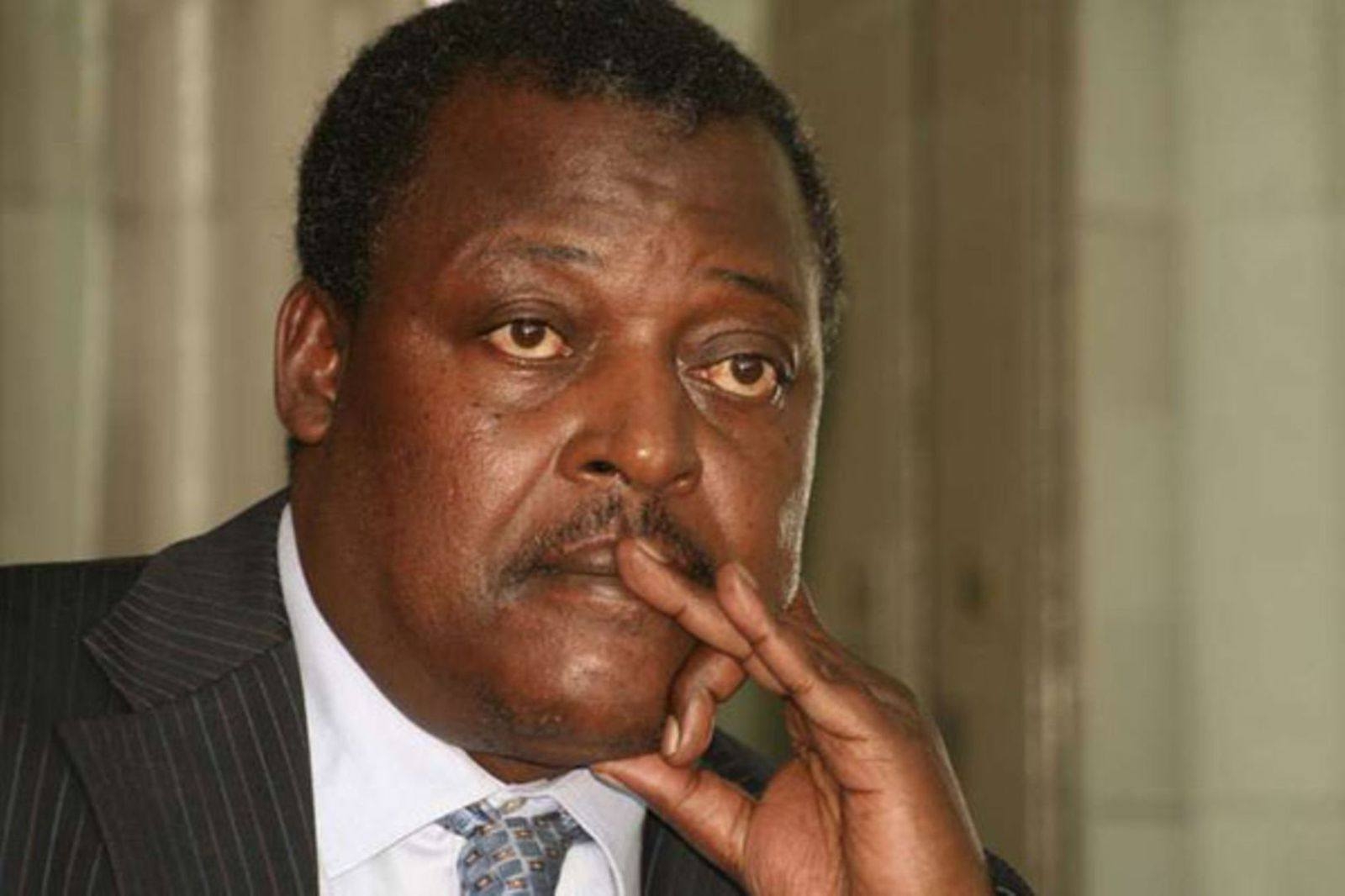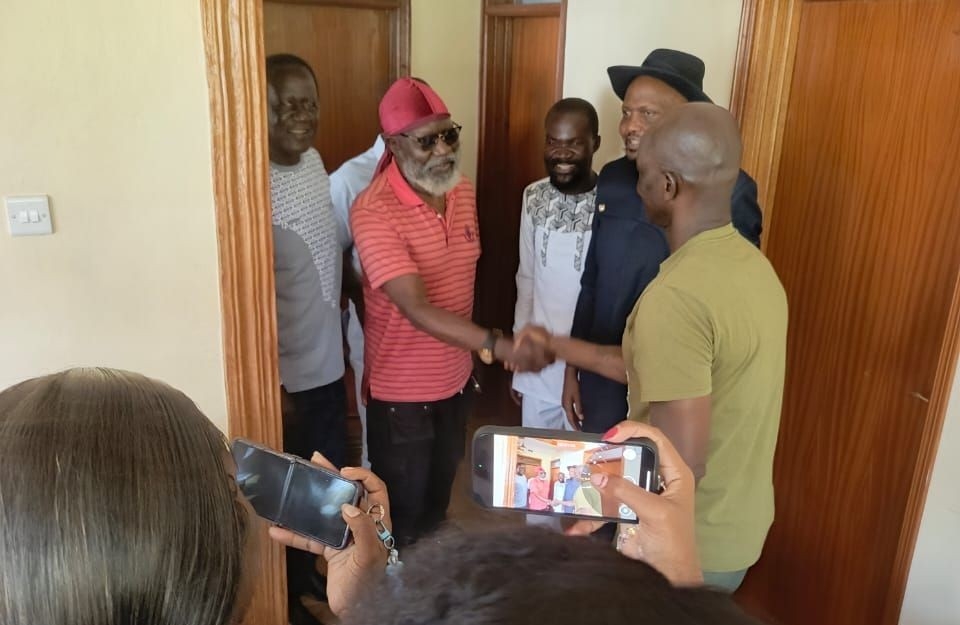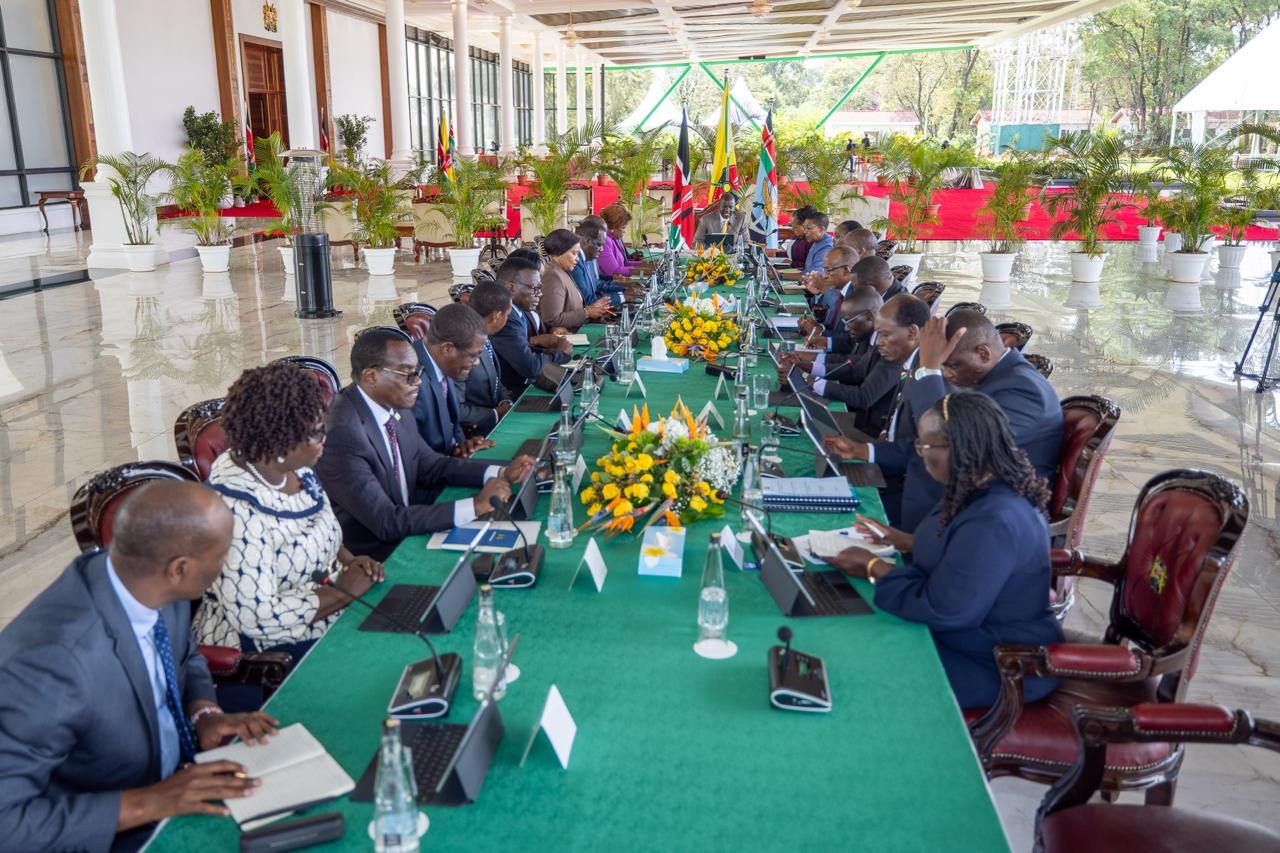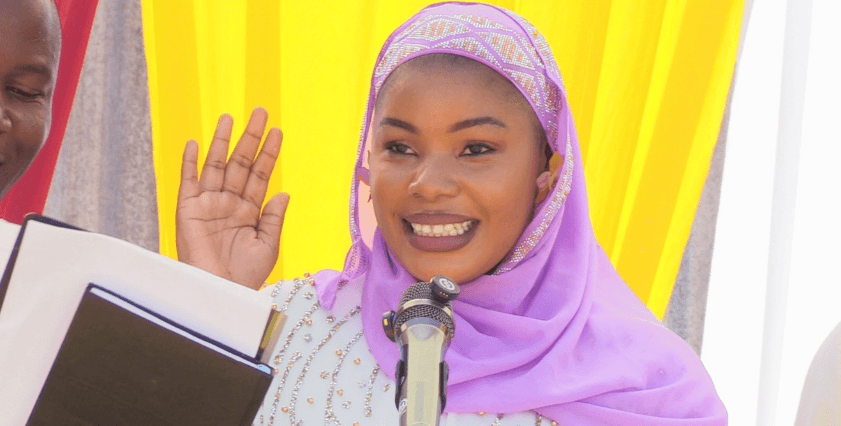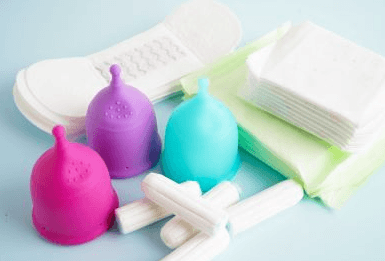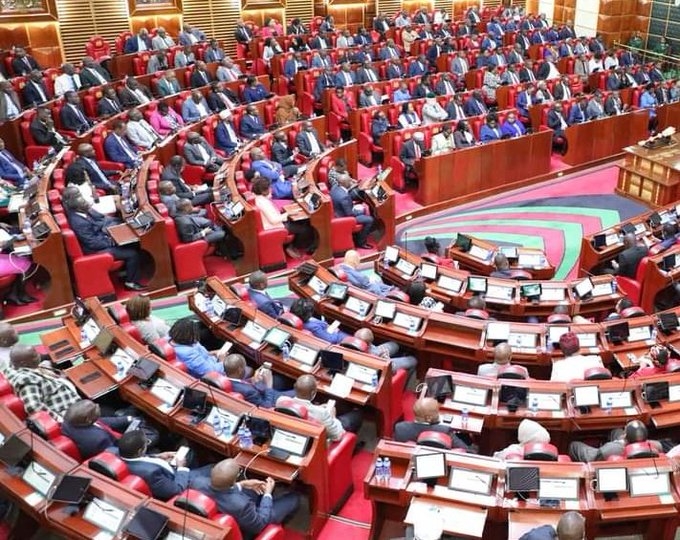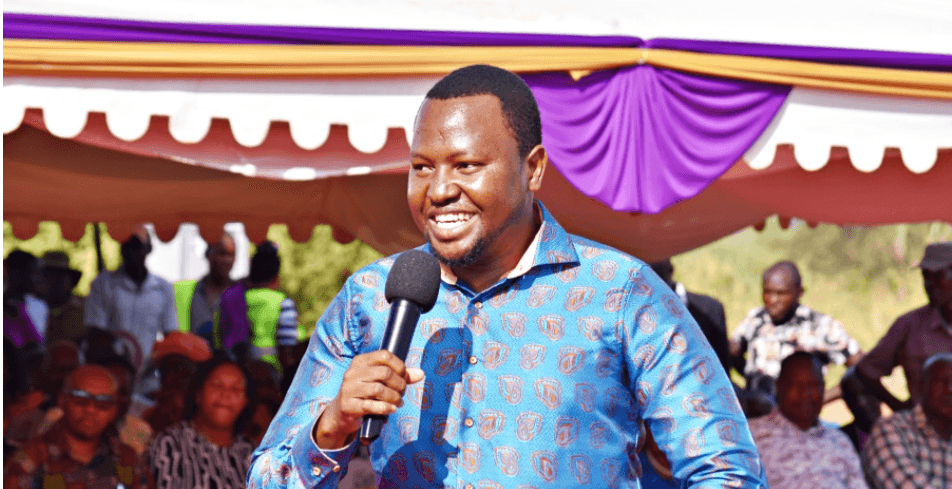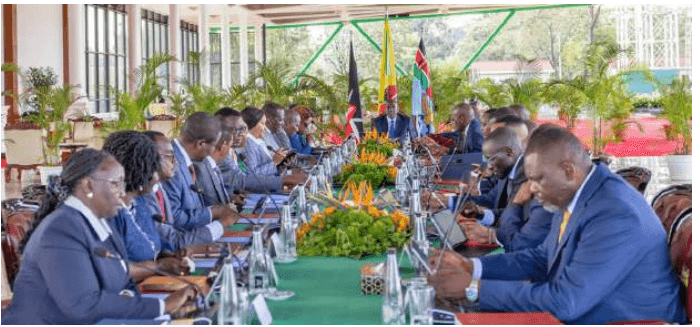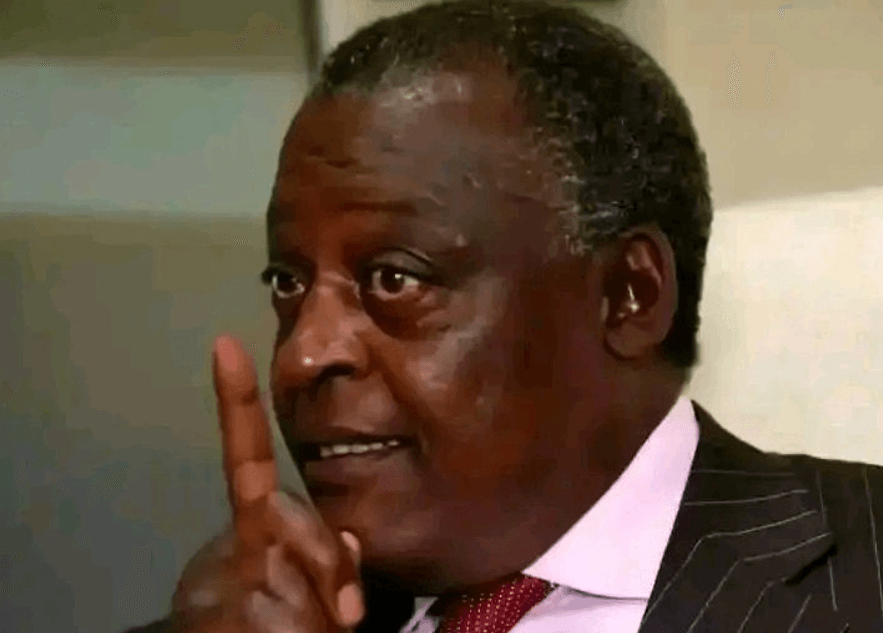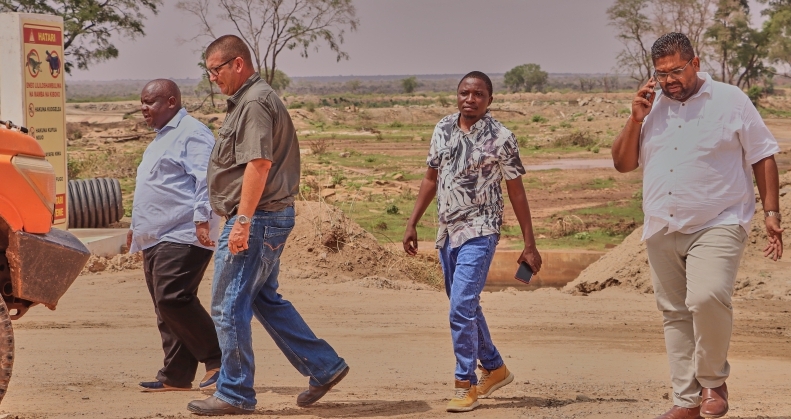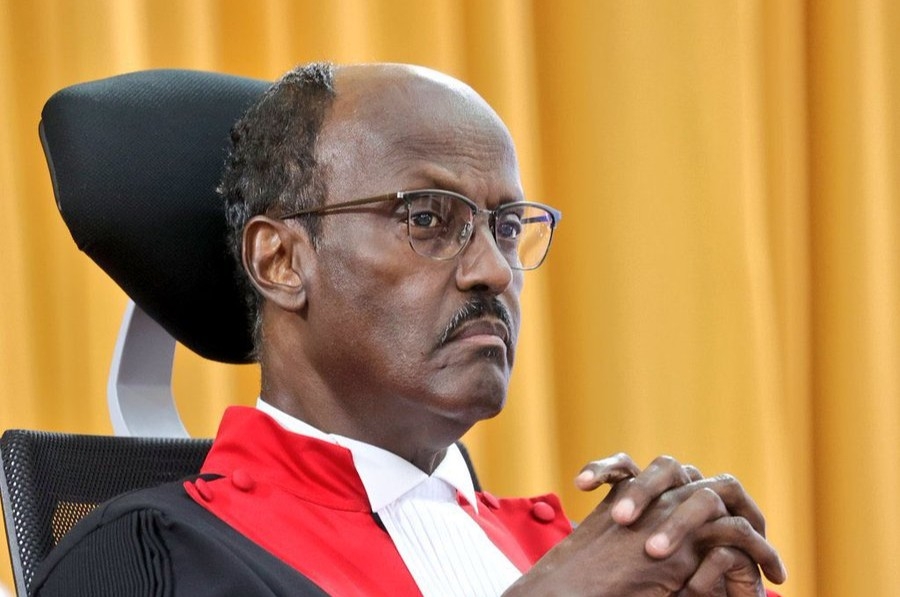Efforts to bolster Kenyan healthcare are increasingly being boosted through cooperation and collaboration with the Dutch government.
Medical research, innovative surgical tools, modern health information management systems and biomedical engineering and training top the list of areas of collaboration between these two countries.
Kenya and the Netherlands have enjoyed cordial diplomatic relations for the past 60 years.
Roos Oosting, assistant professor at Delft University of Technology in Netherlands (TUDelft) says one of the key projects aimed at improving health care in Kenya is designing medical equipment that are cost effective hence increasing access to health care even for low-income populations.
“We research the current usage and barriers to medical equipment in hospitals, and we work on innovations to increase the availability of what is essential for use in health facilities,” said Oosting during an interview at Delft University.
Oosting, who has spent considerable time in Kenya, said collaboration between the two nations has prioritized biomedical engineering practices and work on the development of innovations to increase sustainable access to medical technology.
“We focus on training of both biomedical engineers and clinicians that work in the often-challenging settings in many low-resource areas,” she explained.
She said the Department of BioMechanical Engineering of the Delft University of Technology has ongoing projects with the University of Nairobi, Kenyatta University and the Moi Teaching and Moi Teaching & Referral Hospital (MTRH).
Marjolein Wolbers, a Mechanical Engineering student at TUDelft was part of the team that has been setting up a 3D print facility at MTRH.
The project involves innovating numerous broken or unavailable medical equipment parts, hence addressing essential needs in the hospital.
One of these equipment she helped design was an MRI belt for head securement, a vital component to secure a patient's head during an MRI.
With the new 3D-printed belt-like device, the hospital was able to continue utilizing the MRI machine again.
Another design was on a Dental X-ray holder. This device holds the camera for an X-ray in the mouth.
“The X-ray holder was endlessly glued until it broke indefinitely while they had no spare parts. I managed to replicate this device, so they can use it again,” says Wolbers.
Apart from replicating parts, the team from Netherlands continuously trained the staff to sustain the technology. After several weeks of training, the staff were able to replicate some parts themselves hence building capacity for self-reliance.
Karin van Minnen, a mechanical engineering graduate at TUDelft also did some work at MTRH as part of her study programme BioMechanica design in 2023.
Her work also focused on establishing the 3D print facility.
“The primary objectives of my internship included identifying optimal ways in which 3D printing could benefit the hospital and sharing knowledge with others to ensure the future of the facility after my departure. I selected this location due to its status as a developing country and its affiliation with a hospital,” she says.
Minnen says during her studies in biomechanical design, she saw how technology can help people be healthier and improve their well-being.
“I am amazed by the clever solutions that have been created, but there is something that has been bothering me for a long time. It is a fact that only a small part of the world's population can use these new ideas. And often, the people who need them the most, because they have fewer healthcare resources or money, can't get them,” she says.
“The project I have been working on combined one of my interests, 3D printing, with the chance to make real improvements in a Kenyan hospital. This project has led me to deeply understand how the hospital works and find out where 3D printing can make a big difference,” she adds.
Last June, UoN and TUDelft, agreed to collaborate in the field of biomedical engineering.
UoN, in its official website, says this partnership aims to develop and implement a Masters of Science program in Biomedical Engineering that will enhance the capabilities of both institutions.
It will also address the current market gaps for locally manufactured medical devices and equipment.
The agreement was solidified during a meeting between teams from TUDelft, led by Prof. Jan Carol Dietil, and from UoN Faculty of Engineering, led by the Acting Dean, Dr. John Obiero.
The meeting, which was chaired by then Vice-Chancellor Prof. Stephen Kiama, highlighted the importance of leveraging local expertise to create solutions in Biomedical Engineering, ultimately reducing the region's reliance on imported medical devices.
“As part of this collaboration, a multidisciplinary team comprising faculties of Engineering, Health Sciences, and Information Technology will work together to integrate cutting-edge technologies such as AI into healthcare systems,” UoN says.
The university adds that the far-reaching impact of this collaboration includes the local production of biomedical products, positioning UoN as a leader in biomedical engineering and healthcare design, the training of skilled medical engineers to tackle evolving healthcare challenges, and fostering an entrepreneurial spirit among students.
According to Karlheinz Samenjo who is a PHD candidate at TUDelft, Kenya and the Netherlands are currently collaborating on research that focuses on healthcare for pregnant women.
“Our goal is to develop medical equipment that brings inclusivity in health care. Currently, we have an ongoing project in Kisumu,” says Samenjo who was at UoN for undergraduate studies.
The research led to the development of a new medical device called Chloe SED, a syringe extension device.
The device can be used to support the provision of paracervical blocks. These are nerve blocks used during obstetric and gynecologic procedures.
The block is used to alleviate pain from events related to delivery and other gynecologic procedures.
According to Delft Design Labs' official website, the device is designed for durability, repairability, maintainability, upgradeability, and recyclability to address environmental sustainability issues in the healthcare domain.
The device is priced at US$ 1.5 (Sh200) per device when produced in polypropylene, US$ 10 (Sh1,350) in polyetheretherketone, and US$ 15 (Sh 2,000) in aluminium.
It is attached to any 10-cc syringe in low-resource settings to provide paracervical blocks.
“Our goal is to develop medical technology that works not just in Kenya but the whole of East Africa. We are also focusing on technology that reduces medical equipment becoming obsolete. This will lower the cost of health services in the region,” said Samenjo during an interview at Delft University in the Netherlands.
Another notable collaboration is the Combi Track Kenya.
The Combi Track aims to advance Universal Health Coverage by enhancing access, quality, financing, and responsiveness within the healthcare system.
Focused primarily on Kisumu County, Homa Bay County, and potentially the Lake Region Economic Bloc, the initiative leverages local healthcare relationships and political incentives to engage Dutch private sector expertise for system strengthening.
With a keen emphasis on improving primary healthcare, the initiative targets enhancements in digital health infrastructure, health data connectivity, referral systems, and public health management.
In March. 2024, then health Cabinet Secretary Susan Nakhumicha, met with the Ambassador of the Kingdom of the Netherlands, Maarten Brouwer, to discuss ongoing cooperation.
According to Kenya’s Ministry of Health official website, one of the most significant contributions from the Dutch government was the donation of 750,700 doses of the AstraZeneca Covid-19 vaccine in November 2021.
The ministry says the donation was instrumental in Kenya's fight against the pandemic.
The ministry says the Dutch government has previously supported infrastructure improvement in 23 hospitals throughout Kenya and engaged in discussions to enhance health security and address potential risks for biological warfare.
“Currently, there are partnerships between various organizations in both countries to implement health projects in Kenya, including childhood cancer and increasing access to healthcare for vulnerable communities,” says MoH.
In its Multi-Annual Country Strategy 2023 – 2026, the Dutch government identified life sciences and health, including strengthening Public-Private Partnerships constructions to improve private healthcare provision in Kenya, as among the focal areas.
Others are agriculture including working on sustainable production of horticulture, aquaculture and dairy through Dutch innovation and knowledge transfer.
Also on this list is logistics, the focus being strengthening Kenyan exports through cooled sea freight.
Another area of focus as per the 2023-26 Dutch government strategy is the energy sector primarily promoting renewable and innovative solutions for productive use and e-mobility.
Also listed as an area of interest is the water sector with the focus being improving access to water through innovative water technologies.
In October, high-ranking government officials from the Netherlands are expected in Nairobi to deliberate on strengthening the ties between the two nations and exploring more opportunities for collaboration.


